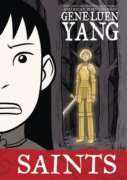
Vibiana, an unwanted fourth child, finds her name and identity in Christianity, but with the Boxer Rebellion in full swing and Chinese Christians facing death, she must decide whether her loyalties lie with her religion or her country.
Materials from Asia

Vibiana, an unwanted fourth child, finds her name and identity in Christianity, but with the Boxer Rebellion in full swing and Chinese Christians facing death, she must decide whether her loyalties lie with her religion or her country.
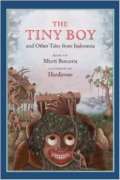
Eight tales about heroes and sacrifice, love and family — all rooted in a land that is both challenging and abundant. Some of the stories strike a familiar chord. There is the tiny child, no bigger than a thumb, who outwits a giant; the poor farmer who cannot feed his children and leaves them abandoned in the forest; the princess who breaks an enchantment and releases a prince. Yet the tales are filled with the unexpected, too, as humans, monsters and the natural world transform and intersect.
A princess who is pursued by two kings from neighboring kingdoms sacrifices herself to keep peace in the land, and is transformed into a sea creature that will provide nourishment for all her people. A crying baby, ignored by his mother, turns into a bird, teaching villagers a valuable lesson. A jealous concubine poisons the king’s son so her own child can inherit the kingdom, only to find her son going off to search for his half-brother, never to return. A man traps the sun to stop it from setting, so that his family and fellow villagers will have enough time to gather food.
The stories are exceptionally relevant today, as they draw our attention to the value of the odd and the small, the preciousness of children and our natural resources, the need to not take our food for granted.
Gathered from oral sources and old collections written in Dutch and indigenous languages, these folktales are simply and evocatively told, accompanied by startling and vibrant images by Indonesian artist Hardiyono.
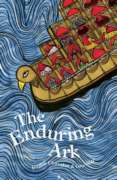
In this Indian version of the Biblical tale, talented Bengali Patua scroll painter Joydeb Chitrakar leads the reader from a deluge of water to a rainbow of hope. A book that can be leafed through in the traditional way or unfolded out as an accordion, the vibrant illustrations and concise text provide a singular approach to an ancient, universal story.
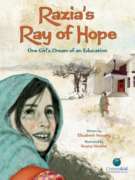
Razia dreams of getting an education, but in her small village in Afghanistan, girls haven’t been allowed to attend school for many years. When a new girls’ school opens in the village, a determined Razia must convince her father and oldest brother that educating her would be best for her, their family and their community.
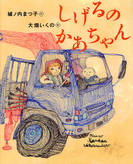
Shigeru’s mother, single mother, is a truck driver. Sigeru is proud of his mother because she can do anything that seems difficult for women.
Picks up where the first book left off with Seagull continuing inland from the beach and befriending Heron and Kingfisher along the way. The trio discover a whole new set of environmental problems faced by the children and animals in the cities and surrounding countryside. Readers are also introduced to the local “Pemulung” or scrap collectors in an attempt to explain their very simple and essential role in the process of scrap collecting and recycling on the island’. Source: publisher’s website
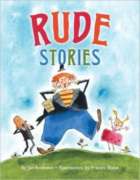
A collection of international stories–originating from such places as Japan, Canada, Africa and Eastern Europe–all share a sense of irreverence and a taste for bodily functions, loud noises, and bad manners.
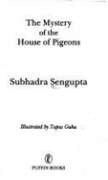
A trinket-seller thinks he has found the son of his dead employer who owned the jewels of Samarkand. He hopes the boy will lead him to the jewels and tells him to beware of the House of Pigeons. The boy’s sister and friend think the old man is crazy as he always calls Parvez by the wrong name.